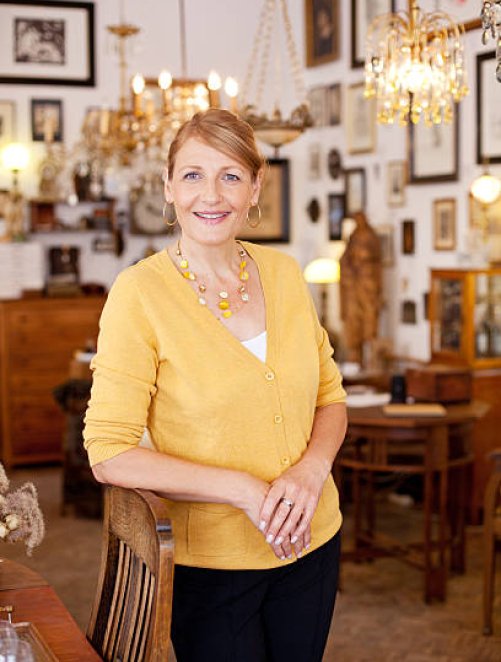








Pair of African Masks
Pair of wooden carved masks retrieved from Africa, probably in late 1960s/early 1970s by my late grandfather. Wood is dark grain and solid single piece of wood. Masks are in original pristine condition.
Roughly 9.5 inches long, and 6 inches wide.
Inherited
Yes


Hello,
African masks have held profound cultural, spiritual, and ceremonial importance across the continent, particularly in regions such as West Africa (notably among Yoruba, Baule, Dan, and Igbo peoples). Traditional masks were used in rites of passage, ancestral veneration, and ritual dances, often imbued with symbolic meanings tied to the community’s spiritual life. However, from the mid-20th century onward, particularly the 1960s and 1970s, there was a substantial increase in the production of masks crafted for the tourist and export markets, coinciding with decolonization and the rise of global interest in African art. Masks produced during this period often maintain traditional styles but are made specifically for decorative purposes rather than ceremonial use.
Detailed Description:
This pair of carved masks, each measuring approximately 9.5 inches long and 6 inches wide, is executed from a single piece of dense, dark hardwood, exhibiting fine grain and polish. The features include elongated faces, high-relief coiffures, and closed or downcast eyes, which are common stylistic traits inspired by West African aesthetics, particularly Baule or Yoruba influences.
Both masks are finely polished and display a high level of craftsmanship in the detailing of the headdresses and facial features, although they appear relatively uniform and idealized, which is indicative of mid-20th-century production for the decorative market rather than field-collected ritual masks. The pristine condition, with no signs of ritual use (such as sweat patina, attachment holes, or signs of handling wear), reinforces their role as crafted art objects for collectors or home decor rather than artifacts with ethnographic ceremonial use.









.jpg)